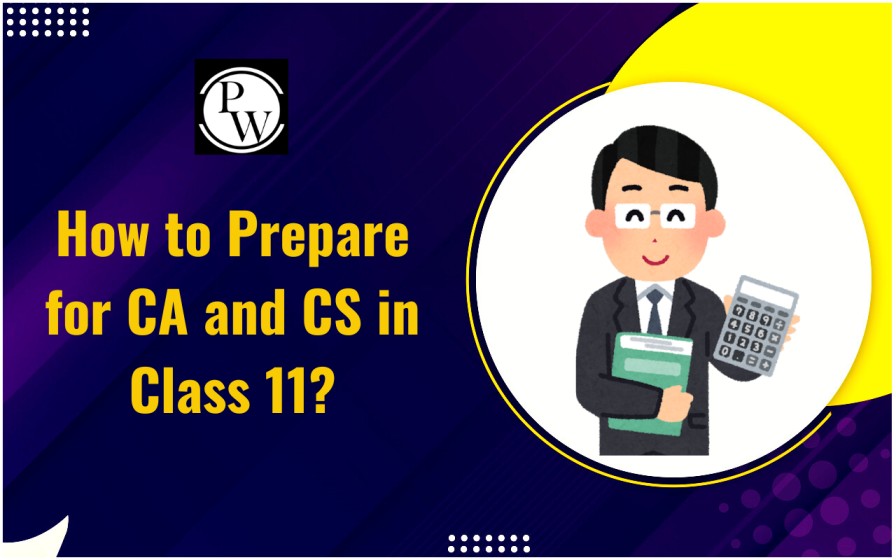
Financial statements adhere to established accounting principles and concepts, ensuring accuracy and consistency in financial reporting. However, certain critical information may not be included due to these principles. One such instance is the omission of Contingent Assets from financial reports. Understanding Contingent Assets is essential for accounting students and professionals to grasp their significance and alignment with accounting standards.
What are Contingent Assets?
Contingent Assets refer to potential assets that may arise due to future events that are uncertain and beyond the company’s control. These assets do not exist in the present but have the potential to bring economic benefits to an entity in the future. A contingent asset is typically linked to situations where the company has a strong probability of gaining an economic benefit, such as through legal disputes or insurance claims. However, these benefits are not recorded in the financial statements until they become certain.
For instance, if a company is engaged in a legal dispute and has a high probability of winning the case, any compensation received as a result would be considered a Contingent Asset. However, due to the uncertainty involved, it is not recognized in the balance sheet until the income is virtually certain.
Key Characteristics of Contingent Assets
Below we've mentioned the characteristics of contingent assets:
Future Uncertainty: The realization of contingent assets depends on uncertain future events.
Not Recognized Immediately: These assets are not recorded in financial statements unless their probability of occurrence is high.
Disclosed in Notes to Accounts: If there is a reasonable possibility of realization, contingent assets are disclosed in the notes to financial statements.
Arise from Past Events: They originate from past transactions or occurrences but depend on future conditions for realization.
Why are Contingent Assets Not Recognized in Financial Statements?
Despite their potential economic benefit, Contingent Assets are not immediately recorded in financial statements. The main reasons for this are:
Uncertainty of Future Events: The occurrence of Contingent Assets depends on uncertain future events. Until the event takes place, the asset remains hypothetical.
Accounting Conservatism: According to the principle of conservatism, financial statements should not recognize uncertain future incomes to avoid overstatement of financial health.
Lack of Control: Since the entity does not have direct control over the events leading to Contingent Assets, their recognition is deferred until realization is assured.
Thus, Contingent Assets are typically disclosed only when the probability of economic benefit is high and the amount can be reliably measured.
Disclosure of Contingent Assets
Although Contingent Assets are not recorded as actual assets, they may be disclosed in the notes to financial statements under specific circumstances. According to IAS 37 - Provisions, Contingent Liabilities, and Contingent Assets, as well as Accounting Standard (AS) 29, the disclosure of Contingent Assets is permitted in the following situations:
-
If it is highly probable that the economic benefits will materialize.
-
If the financial impact of the Contingent Asset can be reliably measured.
This disclosure allows stakeholders to be aware of potential future gains without violating the conservatism principle.
Examples of Contingent Assets
To understand the concept better, let’s look at some common examples of Contingent Assets:
Legal Disputes: If a company is involved in a lawsuit and is likely to win, the expected compensation can be considered a Contingent Asset.
Tax Refund Claims: A company that has filed a claim for a tax refund but has not yet received confirmation would classify this as a Contingent Asset.
Insurance Claims: If a company has filed an insurance claim for damage or loss and is likely to receive a settlement, it falls under Contingent Assets.
Government Grants: When an organization applies for a grant that is yet to be approved, it can be considered a Contingent Asset.
Accounting Treatment of Contingent Assets
Accounting standards do not allow the immediate recognition of Contingent Assets due to their uncertain nature. However, they should be monitored and disclosed when appropriate. If the probability of realization increases significantly, the Contingent Asset can be reclassified as an actual asset and recorded in the financial statements.
For example, if a company initially has a pending lawsuit and later receives a court ruling in its favor, the expected compensation moves from a Contingent Asset to an actual receivable.
Difference Between Contingent Assets and Contingent Liabilities
Contingent Assets are often discussed alongside Contingent Liabilities. While both depend on uncertain future events, their implications are different:
| Difference Between Contingent Assets and Contingent Liabilities | ||
| Basis | Contingent Assets | Contingent Liabilities |
| Definition | A potential asset that depends on a future event. | A potential obligation that may require an outflow of resources. |
| Recognition | Not recorded in books unless realization is certain. | Disclosed in financial statements if probable. |
| Examples | Expected lawsuit settlement, insurance claim, tax refund. | Pending lawsuits, product warranties, loan guarantees. |
| Impact | Leads to a future inflow of benefits. | Leads to a future outflow of resources. |
Understanding these distinctions is essential for accurate financial reporting and decision-making.
Contingent Assets play a crucial role in financial accounting, even though they are not immediately recognized in financial statements. Their disclosure ensures transparency and informs stakeholders about potential future benefits. By adhering to accounting standards such as IAS 37 and AS 29, organizations can ensure that Contingent Assets are appropriately monitored and reported.
For students and professionals, understanding Contingent Assets is vital for accurate financial analysis and reporting. Whether dealing with legal claims, tax refunds, or insurance settlements, the proper treatment of Contingent Assets ensures compliance with accounting principles and enhances the credibility of financial statements.
Join PW Commerce Online Course and unlock your potential with quality education and dedicated learning support.
| Commerce Related Topics | |
|
Credit and Banking in Rural Areas
|
Consumer Equilibrium Utility Analysis
|
|
Consumer Organizations
|
Consumer Goods
|
|
How to Score Maximum Marks in Class 11th Accounts?
|
How to Score Maximum in Applied Maths?
|
What are Contingent Assets FAQ
What is the main difference between Contingent Assets and Contingent Liabilities?
Why are Contingent Assets not recorded in the balance sheet?
How are Contingent Assets disclosed in financial statements?










